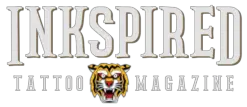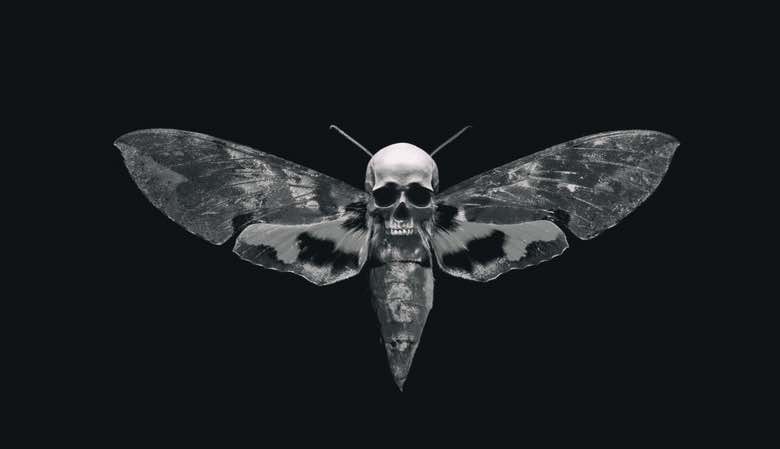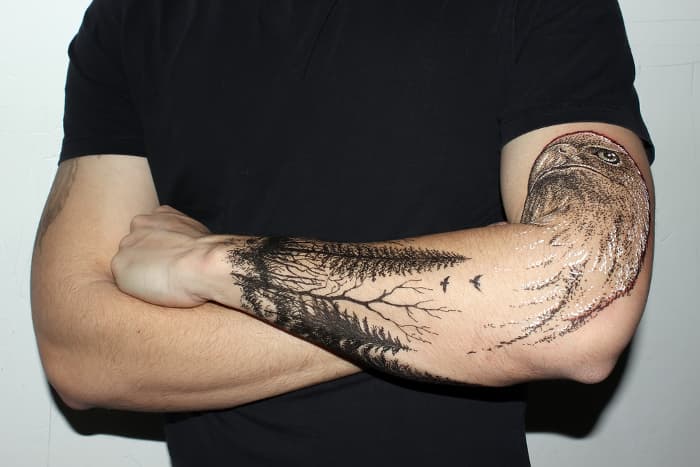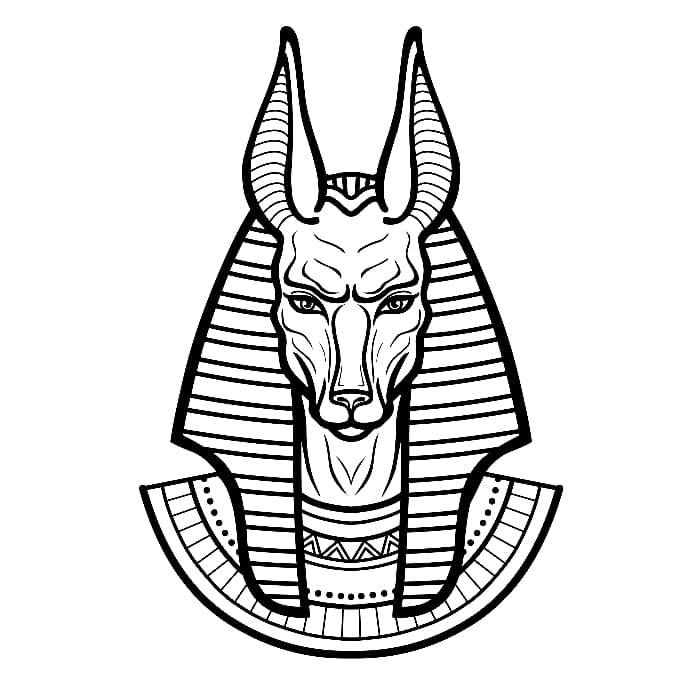In recent years, the hamsa tattoo has grown in popularity due to its captivating design and rich symbolism.
Originating from Middle Eastern and North African cultures, the hamsa tattoo meaning is believed to be one of protection, good fortune, and warding off negative energy. As a result, many people find themselves drawn to its deep-rooted spiritual significance as well as its artistic appeal.
The hamsa symbol typically depicts an open palm with an eye in the center, surrounded by intricate patterns and designs. It is often associated with various religious beliefs, including but not limited to, Islam, Judaism, and Christianity, each attributing its own unique interpretation to the symbol.
While the hamsa may hold different meanings for different individuals, it is widely recognized as a symbol that transcends cultural boundaries and encompasses universal themes of peace, harmony, and protection.
This article will delve deeper into the history, cultural significance, and modern interpretations of the hamsa tattoo, enabling readers to gain a better understanding of its meaning.

Symbolic Representation
The Hamsa tattoo is a powerful symbol that can hold various meanings, depending on the individual and their beliefs. The Hamsa hand, also known as the Hand of Fatima, is often characterized by a hand with five fingers, including two thumbs, forming a symmetrical design.
The Hand
The five fingers in this design represent both protection and luck, with the thumb and pinky finger symbolizing the power to ward off evil.
The Hamsa’s symbolism extends beyond its physical appearance, as it is associated with multiple religions and faiths. It represents patience and faith in times of adversity. In Jewish tradition, the Hamsa is seen as a symbol of protection and defense against the evil eye.
The Eye
The incorporation of the evil eye, the Eye of Horus, or the Eye of Hamsa in the design signifies protection from negative energies, jealousy, and harm.
The eye carries a significant weight, as it is often viewed as a representation of divine protection and watchfulness. In some beliefs, this powerful symbol is referred to as the all-seeing Eye of God, emphasizing its role in safeguarding those who embrace it.

Throughout the different cultures and faiths, the Hamsa tattoo maintains its central theme of protection and brings a sense of security to those who carry this symbol on their body.
With its connection to various symbols and beliefs, the Hamsa serves as a reminder of the strength that can be found in unity and the power of connection between diverse cultures.
Cultural Significance
The Hamsa tattoo holds a deep cultural and spiritual meaning across various religious and cultural traditions.
Judaism
In Judaism, it is often referred to as the “Hand of Miriam,” symbolizing the sister of Moses and Aaron, who protected the Israelites from harm. It serves as a protective amulet believed to bring blessing, power, and strength to the bearer.
Islam
In Islam, the Hamsa is known as the “Hand of Fatima” or “Khamsa,” representing the Prophet Muhammad’s daughter, Fatima Zahra. It is a symbol widely used to ward off the evil eye and offer protection from negative energies. The five fingers of the Hamsa are said to symbolize the Five Pillars of Islam: faith, prayer, charity, fasting, and pilgrimage.
Christianity
Christianity also acknowledges the symbol as the “Hand of Mary,” venerating the Virgin Mary’s protective nature for her son, Jesus Christ. Some interpretations in this context signify divine intervention and guidance from the Holy Spirit.
Hinduism
In Hinduism, the Hamsa is associated with the Hand of Lakshmi, the goddess of wealth, fortune, and prosperity, symbolizing good luck and protection. Often, the Hamsa is depicted with an eye in the palm, which represents the third eye of Lord Shiva, a sign of spiritual wisdom and intuition.

African Cultures
The Hamsa tattoo has significant cultural implications outside of religious contexts as well. In African culture, the symbol is linked to the Hand of Fatima, with a rich history in North African and Middle Eastern communities as a protective talisman against the evil eye and other malevolent forces.
The five fingers are also believed to represent the five senses, embodying the principle of unity and balance between the physical and spiritual realms.
Throughout different cultures and belief systems, the core meaning of the Hamsa tattoo remains a symbol of protection, strength, and good fortune. As a result, its appeal transcends religious boundaries, making it a popular choice for individuals seeking to manifest these attributes in their lives.
Hamsa Tattoo Designs
Geometric
One popular approach to Hamsa tattoo designs is the geometric style. In this type of tattoo, the Hamsa is depicted using a series of geometric shapes and patterns, adding a contemporary touch to the traditional symbol.
Geometric Hamsa tattoos often incorporate intricate designs, making them a favorite choice among those seeking both visual appeal and spiritual significance in their body art.
Colorful
Another Hamsa tattoo design incorporates the use of color. Colorful Hamsa tattoos can add a vibrant dimension to the design, making it stand out on the skin. Watercolor Hamsa tattoos have also become increasingly popular, as they utilize a blending of colors to create a stunning effect.

This technique gives the Hamsa a softer, more ethereal appearance, appealing to those who appreciate a gentle touch in their tattoos.
Simple
Simple Hamsa tattoo designs are also an option for those who prefer minimalism. These designs are often created using fine line work and may include just the outline of the Hamsa without any additional embellishments.
Simplicity does not detract from the symbol’s significance; instead, it highlights the essence of protection and strength represented by the Hamsa.
Hamsa Tattoos for Men and Women
For men, hamsa tattoos can be bold and assertive, often featuring strong lines and geometric patterns. The tattoo design can incorporate symbols such as an eye or other cultural symbols alongside the hand, emphasizing protection against the evil eye.
Men frequently opt for placement on their chest, upper arms, or back—areas that allow for larger and more intricate designs.
Women, on the other hand, may choose more delicate and intricate hamsa tattoo designs, incorporating organic shapes and elements like flowers, vines, or henna-inspired patterns.
These designs can be both feminine and powerful, demonstrating the duality of the symbol. Popular placement options for women include the wrist, ankle, or just below the collarbone.
Wrapping up Hamsa Tattoo Meanings
In conclusion, hamsa tattoos allow both men and women to express their spirituality, beliefs, and sense of protection through tattoo art. With various design options and placements available, individuals can customize their hamsa tattoo to genuinely embody their personality and values.
Whether you are considering getting a hamsa tattoo or simply intrigued by its mystique, this exploration aims to provide valuable insights into the symbol’s multifaceted and enduring allure.
Interested in other tattoo symbol meanings? Check out 3 Triangle Tattoo Meaning: Unveiling the Symbolism and Origins next!



